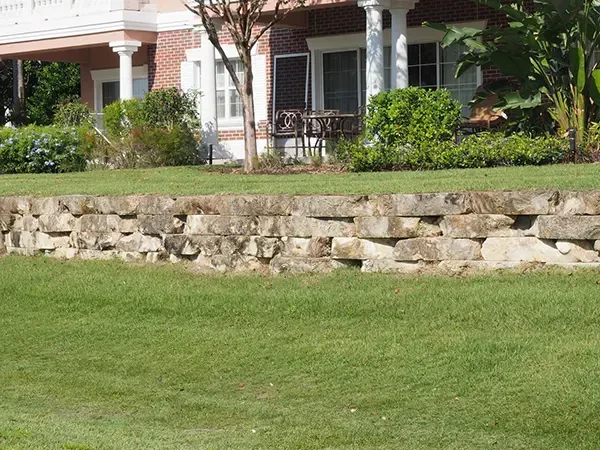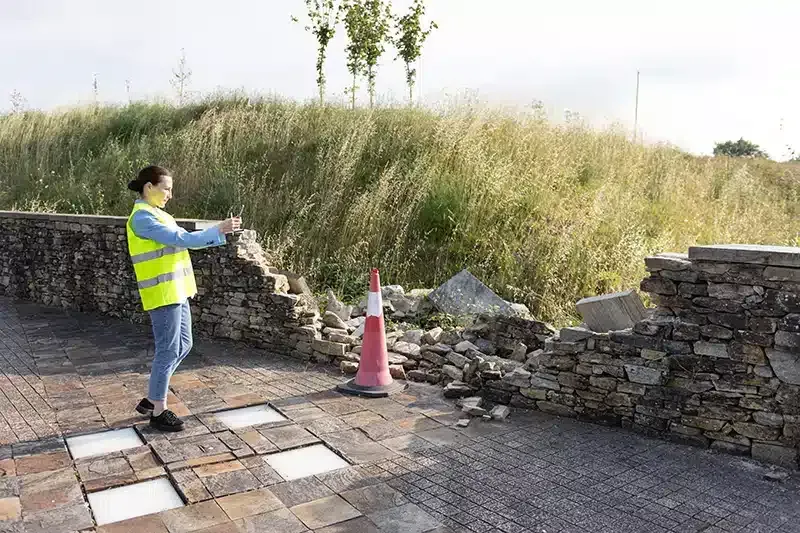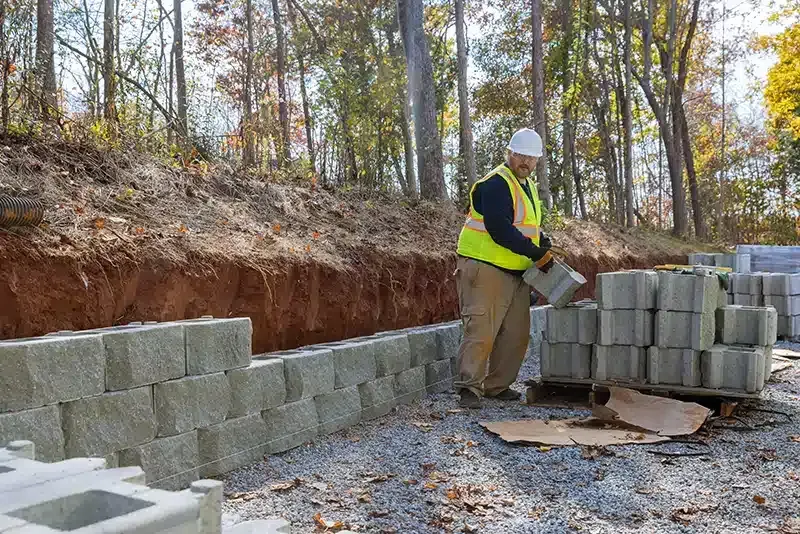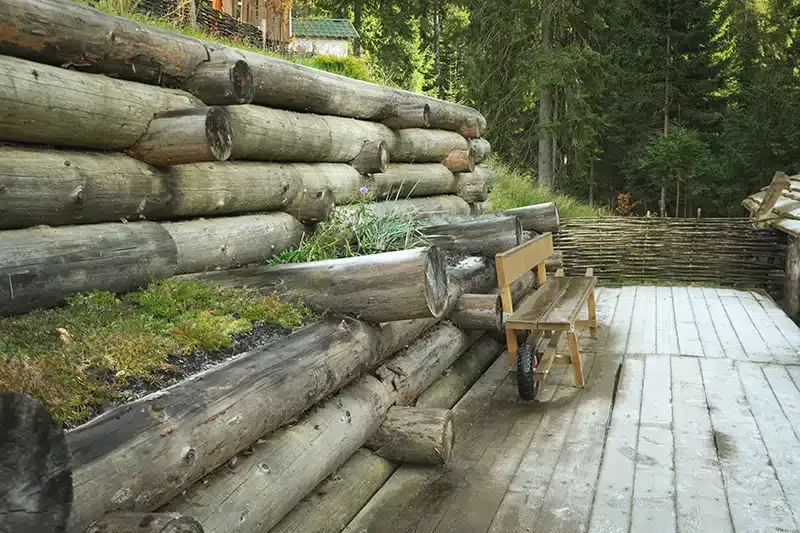How Can a Commercial Retaining Wall Prevent Erosion on Your Property?
How Can a Commercial Retaining Wall Prevent Erosion on Your Property?

If you're dealing with erosion issues on your property, a commercial retaining wall might be the solution you need. These structures manage land elevation and redirect water flow, helping to stabilize your soil.
By creating level surfaces, they also improve drainage and reduce runoff. But before you decide to install one, there are several factors to consider that can impact its effectiveness and your investment.
Let's explore what you should keep in mind.
Understanding the Functionality of Commercial Retaining Walls
Commercial retaining walls are essential for controlling land elevation and preventing soil erosion on business or large-scale properties. They combine function and form to create safer, more efficient landscapes.
Key Functions of Retaining Walls
- Soil stabilization: Holds back earth on sloped areas to prevent erosion or landslides.
- Space maximization: Levels uneven terrain to create more usable outdoor areas.
- Structural support: Protects buildings, driveways, and walkways from shifting soil.
Design and Material Options
- Custom-built solutions: Can be designed in various heights and shapes to suit site needs.
- Material choices: Options include concrete, stone, brick, or timber for strength and style.
- Visual enhancement: Adds a clean, professional look to landscaped areas.
By understanding how retaining walls work, you can better appreciate their role in protecting your property and enhancing its functionality.
Key Benefits of Installing a Retaining Wall for Erosion Control
Retaining walls do more than just support soil—they offer a practical and attractive solution to erosion control. Whether for commercial or residential use, they help protect your landscape and enhance its value.
Why Retaining Walls Work for Erosion Control
- Redirects water flow: Prevents heavy rainfall from washing away soil.
- Improves drainage: Creates level planting areas that help manage runoff and reduce erosion.
- Soil stabilization: Keeps soil securely in place, even on steep or uneven ground.
Added Advantages for Your Property
- Boosts curb appeal: Adds structure and beauty to your landscape design.
- Low maintenance: Requires little upkeep once installed, making it a cost-effective solution.
- Increases value: Offers functional and visual benefits that appeal to property buyers.
By installing a retaining wall, you’re making a smart investment in both the health and appearance of your outdoor space.
Factors to Consider When Choosing a Retaining Wall for Your Property
Selecting the right retaining wall goes beyond looks—it plays a key role in structural support, drainage, and long-term maintenance. Taking the time to plan ensures your wall will be both functional and attractive.
Key Considerations for Your Retaining Wall
- Material choice: Concrete, timber, and stone each offer unique durability, cost, and maintenance needs.
- Height and design: Must comply with local building regulations and suit the slope and layout of your land.
- Drainage system: Crucial to avoid water pressure buildup and ensure the wall remains stable over time.
Aesthetic and Maintenance Factors
- Maintenance requirements: Timber may need regular treatment, while concrete offers long-term durability.
- Visual appeal: Choose a finish and texture that complements your home's exterior and landscaping.
- Long-term value: A well-planned wall adds both function and beauty, increasing your property's worth.
By considering these factors early, you’ll end up with a retaining wall that enhances your outdoor space and stands the test of time.
Installing a commercial retaining wall is a strategic way to protect your property from erosion while also improving its appearance and usability. With the right design, materials, and drainage planning, these structures offer lasting support and aesthetic value.
Whether you're dealing with sloped terrain or water runoff, a well-constructed retaining wall provides a reliable solution that enhances safety, functionality, and curb appeal across your landscape.


